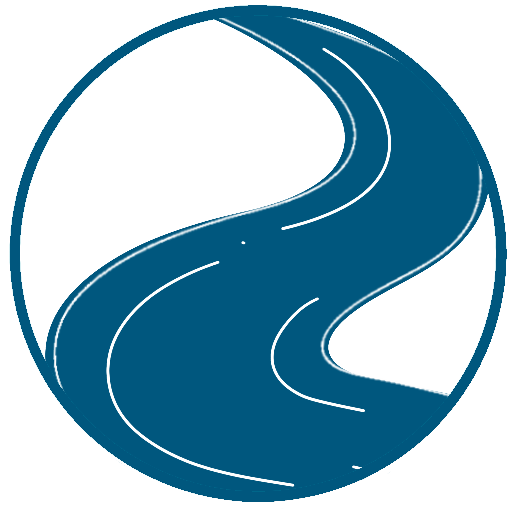Pollution Stream Diagnostics
The World Bank’s Blueing the Black Sea (BBSEA) Program has published a regional diagnostic study of pollution in the Black Sea, which extensively covers the basin’s water quality challenges (World Bank, 2024). The Black Sea faces high rates of eutrophication, primarily driven by excessive nutrient loads from rivers, particularly nitrogen and phosphorus. This influx impedes efforts by Black Sea countries to achieve good environmental status in compliance with EU directives. Rivers contribute the majority of nutrient inputs, with agriculture accounting for a significant portion, especially from the Danube, Don, and Dnieper basins. While some improvements in nutrient emissions have been noted, coastal urban centers still discharge substantial amounts of nutrients due to inadequate wastewater treatment. Failure to address pollution could lead to job losses in coastal sectors, exacerbating existing economic challenges. A coordinated approach involving policy, investment, and behavioral changes will be necessary to mitigate pollution, safeguarding the Black Sea ecosystem and associated industries. Nature-based Solutions can be a cornerstone of this mitigation approach.
Efforts have focused on identifying the causes and state of water pollution at multiple scales, with consideration of Nature-based Solutions (NBS) primarily emphasizing the physical aspects, such as the transboundary catchment. To avoid redundant information caused by transboundary catchments, which transcend political boundaries, the pollution types have been categorized based on where they occur on the Earth's surface and the landscapes they affect. This approach recognizes that pollution in rivers, coasts, and the Black Sea itself can originate from multiple countries, necessitating collaborative efforts.
Thus, collective action is essential to address this shared environmental challenge. An example of successful collaboration is the EMBLAS-plus project funded by the EU, which involves a consortium of institutes from several littoral states (Georgia, Ukraine, Russia, and Slovakia) working together to monitor the quality of the Black Sea (EU4Emblas, 2023). While national ministries and public water authorities in countries like Bulgaria and Romania also monitor water quality along their coastlines, the collaborative approach remains crucial for the effective management of international waterways and the preservation of the Black Sea's ecological health.
To effectively apply Nature-based Solutions that combat pollution in the Black Sea Region, it's crucial to grasp the specific pollution types and the underlying systems. These pollution types are categorized into river, coastal, and marine contexts, as detailed in Chapter 4 (NBS Approach for the Black Sea Region), which also outlines their alignment with distinct ecosystems and landscapes. Within each category, further distinctions are drawn to pinpoint the primary sources of both point-source and diffuse pollution, facilitating the identification of suitable NBS interventions. Unlike point-source pollution that originates from specific discharge points (like end-of-pipe effluents), diffuse pollution arises when potentially harmful substances enter water bodies through processes such as rainfall, soil absorption, and surface runoff, often associated with agricultural activities. Examples of these two broad types of pollution are shown in Figure 3‑1 and Figure 3‑2.


In addressing pollution challenges within the Black Sea Region (BSR), the role of Natural-Based Solutions (NBS) is pivotal, especially in mitigating diffuse pollution, which presents a more intricate challenge compared to point-source pollution. The BSR experiences both types of pollution, as discussed in the introductory section. Point-source pollution is more easily addressed with traditional solutions such as WWTPs. In the case of pre-existing infrastructure, these need to be upgraded with multiple stage treatment options, improved enforcement and monitoring and better connections to sewage systems. With improved infrastructural and economic development, the expected pathway of pollution occurs increasingly in urbanised environments. However as shown in the pie charts below (Figure 3‑3), depending on the pollutant (nitrogen or phosphorus), the nonpoint to point ratio can range from from ~3:1 to ~1:1, respectively.
Figure 3‑3: Nitrogen and phosphorous loading by source flowing into the Black Sea (Source: www.eutrophication.eu)


